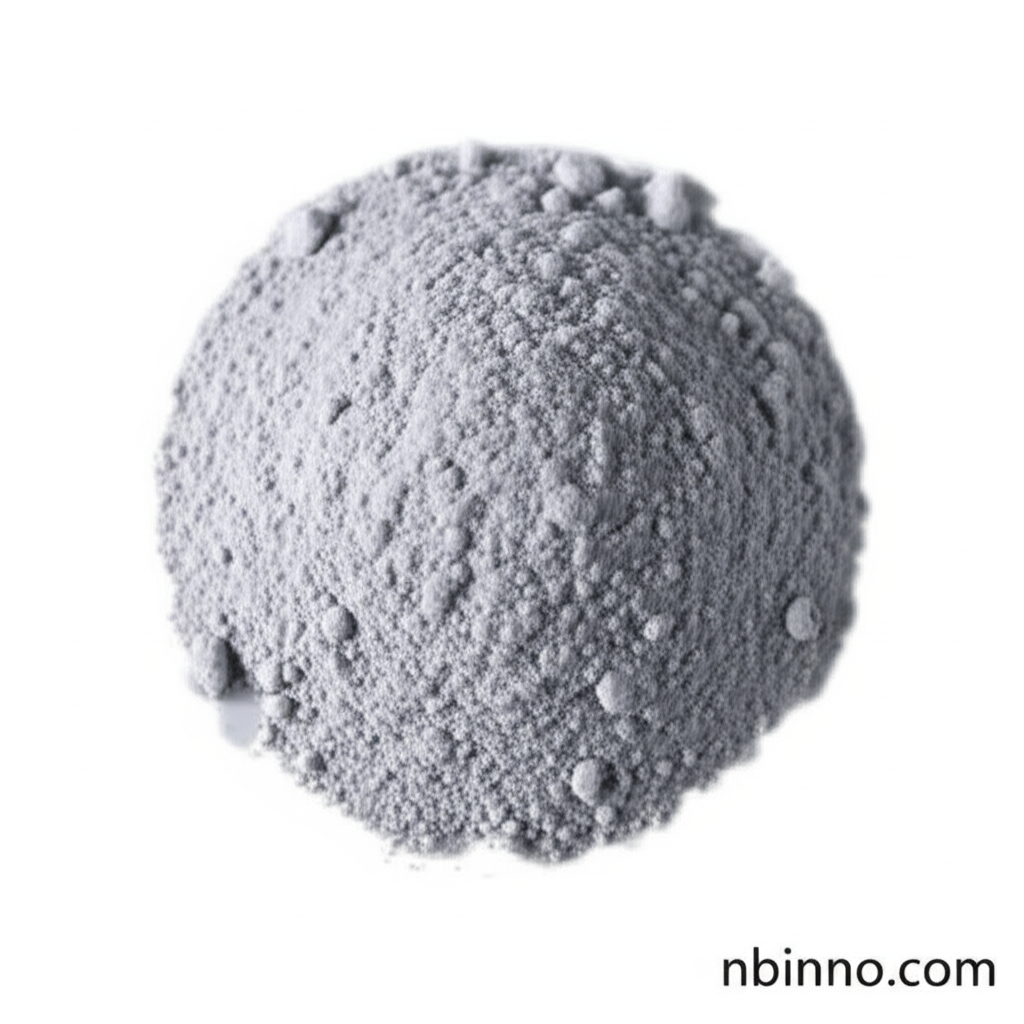2-(Trifluoromethyl)-1,6-naphthyridine-3-carboxylic Acid: A Key Intermediate in Advanced Materials
Discover the synthesis, properties, and diverse applications of this critical electronic chemical intermediate.
Get a Quote & SampleProduct Core Value

2-(Trifluoromethyl)-1,6-naphthyridine-3-carboxylic acid
This compound is a vital building block in the field of advanced materials, particularly within organic electronics. Its unique structure, featuring a naphthyridine core and a trifluoromethyl group, imparts valuable electronic and chemical properties, making it indispensable for the synthesis of novel organic compounds.
- Leverage the properties of 2-(Trifluoromethyl)-1,6-naphthyridine-3-carboxylic acid for cutting-edge organic synthesis, enabling the creation of complex molecular structures for various industrial applications.
- Explore the synthesis of trifluoromethyl naphthyridine derivatives to unlock new functionalities in materials science, driven by advancements in chemical intermediates.
- Utilize this high-purity chemical for electronic chemical applications, contributing to the development of next-generation organic light-emitting diodes (OLEDs) and other optoelectronic devices.
- Benefit from the reliability of CAS 240408-97-3 price and availability, ensuring a consistent supply for research and development or large-scale production needs.
Key Advantages Offered
Versatile Synthetic Utility
The presence of both a naphthyridine heterocycle and a carboxylic acid functional group allows for diverse chemical modifications, making it a versatile intermediate for a wide array of synthetic pathways.
Enhanced Electronic Properties
The trifluoromethyl substituent is known to significantly influence the electronic characteristics of organic molecules, often leading to improved charge transport and stability in electronic devices.
High Purity Standards
Available at high purity levels, this compound ensures reliable and reproducible results in sensitive chemical reactions and material formulations, crucial for the electronics industry.
Key Applications
OLED Materials
Used in the development of advanced organic light-emitting diodes, contributing to improved efficiency and lifespan through tailored molecular design.
Organic Synthesis
Serves as a crucial building block for synthesizing complex organic molecules, including pharmaceuticals, agrochemicals, and specialty materials.
Electronic Chemicals
Essential component in the broader electronic chemicals sector, supporting innovation in semiconductor manufacturing and display technologies.
Research and Development
A key reagent in academic and industrial research labs exploring new chemical entities and advanced material functionalities.
